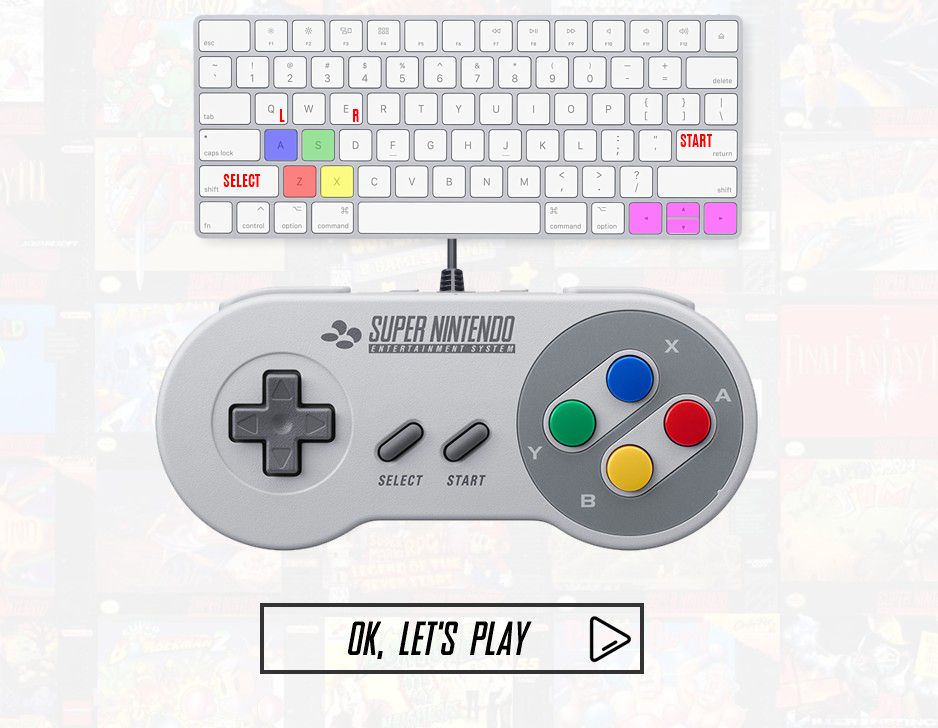Ilusion of Time / Gaia

Ilusion of Time / Gaia
Date added: Unknown
Tags:None
Rated the best by our players
5 out of 5 based on 1020 ratings.
Game Information:
Illusion of Gaia / Ilusion of Time (ガイア幻想紀 Gaia Gensōki?, lit. 'Records of the Illusion of Gaia'),[1] known in Europe and Australia as Illusion of Time, is an action role-playing game that was released on September 1, 1994, for the Super NES.[2] It was developed by Quintet. Enix published the game in Japan, and Nintendo published it worldwide. Illusion of Gaia was scored by Yasuhiro Kawasaki. Moto Hagio, the influential manga artist, is credited with the character designs. Novelist Mariko Ōhara worked on the story.
How to play:
↑ = up
→ = right
↓ = down
← = left
Z = A Button
X = B Button
A = X Button
S = Y Button
Q = L Button
E = R Button
Shift = Select
Enter = Start